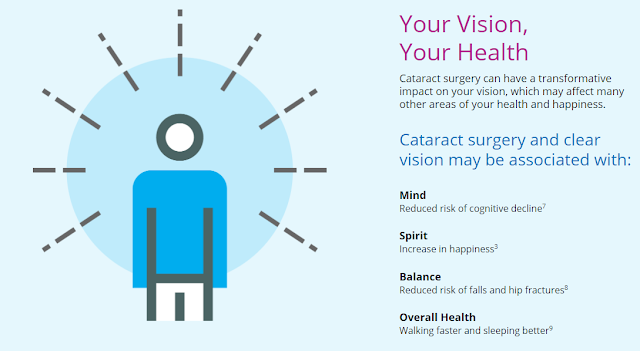“A STITCH IN TIME SAVES NINE” – SAVE YOUR SIGHT FROM DIABETES
Diabetes currently affects more than 62 million Indians, which is more than 7.1% of the adult population. The average age on onset is 42.5 years.
India is set to emerge as the diabetic capital of the world. According to the WHO, 31.7 million people were affected by diabetes mellitus (DM) in India in the year 2000. This figure is estimated to rise to 79.4 million by 2030, the largest number in any nation in the world.
People with diabetes can have an eye disease called diabetic retinopathy (DR). This is when high blood sugar levels cause damage to blood vessels in the retina the back part of the eye. These blood vessels can swell and leak. Or they can close, stopping blood from passing through. Sometimes abnormal new blood vessels grow on the retina. All of these changes can steal your vision.
Diabetic Retinopathy is not the only vision complication of diabetes as there are other conditions as well including glaucoma, cataract and diabetic macular edema. Irrespective of the type, all of these medical conditions cause severe vision loss and eventually lead to blindness.
Almost two-third of all Type 2 and almost all Type 1 diabetics are expected to develop diabetic retinopathy over a period of time. It is estimated that there may be 11 million to 20 million people with diabetic retinopathy by 2025, including 5.7 million people with severe retinopathy,”
Risk factors
Anyone who has diabetes can develop diabetic retinopathy. Risk of developing the eye condition can increase as a result of:
1) Duration of diabetes — the longer you have diabetes, the greater your risk of developing diabetic retinopathy
2) Poor control of your blood sugar level
3) High blood pressure
4) High cholesterol
5) Pregnancy
6) Tobacco use
Diabetic Retinopathy Symptoms
You can have diabetic retinopathy and not know it. This is because it often has no symptoms in its early stages. As diabetic retinopathy gets worse, you will notice symptoms such as:
1) seeing an increasing number of floaters,
2) having blurry vision,
3) having vision that changes sometimes from blurry to clear,
4) seeing blank or dark areas in your field of vision,
5) having poor night vision, and
6) noticing colours appear faded or washed out losing vision.
Prevention & Treatment
According to a recently conducted survey, almost 63% of Indians are not even aware that diabetes has a hazardous effect on the eye apart from other body parts. 92% of diabetics underwent retinal analysis after having their vision affected.
You can't always prevent diabetic retinopathy. However, regular retinal examination/ fundoscopy and early treatment for vision problems can help prevent severe vision loss.
Treatment may include :
- Retinal laser photocoagulation
- Intravitreal injection of medicines
- Retina surgery - vitrectomy
If you have diabetes, it is suggested that you keep your health on TRACK:
Take your medicines as prescribed by your doctor
Reach and maintain a healthy weight
Add physical activity to your day
Control your ABCs—A1C, blood pressure, and cholesterol
Kick the smoking habit.
<a href="https://www.bloglovin.com/blog/20628623/?claim=yevf228fafd">Follow my blog with Bloglovin</a>





Operation is properly done with best equipments. Staff and doctors are very co-operative. I think this is the best clonic in vasai
ReplyDeleteThanks a lot for your review.
DeleteOperation is properly done with best equipments. Staff and doctors are very co-operative. I think this is the best clonic in vasai.
ReplyDelete-Manisha Pasad